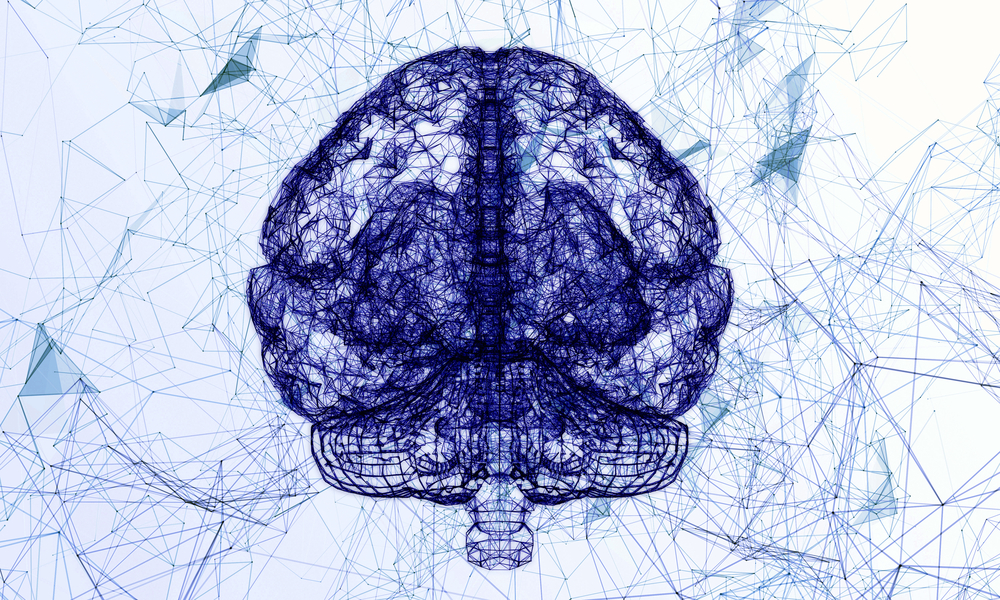PWS-associated Gene Involved in Integration of Vision and Motor Control in the Brain
Written by |

Altered gene expression underlies impaired function of brain areas regulating vision and motor control, which may be associated with behavioral issues in people with Prader-Willi syndrome (PWS) and other disorders, a study suggests.
The study, “Central neurogenetic signatures of the visuomotor integration system,” was published in the journal Proceedings of the National Academy of Sciences of the United States of America (PNAS).
Characteristic manifestations of PWS include mild-to-moderate intellectual impairment, learning disabilities and behavioral problems, such as temper outbursts and sleep problems .
Visual and motor deficits also are present. The neural circuits that underlie these functions are essential for successful adjustment to changing environments in humans. As such, impaired visuomotor integration (VMI) deeply affects how fine motor skills and visual perception alter daily life.
Several neurological conditions have been associated with VMI dysfunction, including PWS, autism spectrum disorder (ASD), and also Dravet, Fragile X, Turner and Williams syndromes.
“[S]pecific genetic backgrounds and interactions between genes could have direct effects on VMI-related circuits, in turn manifesting as atypical cognitive–behavioral adaptations to the changing environment,” the researchers wrote.
As the genetic traits supporting the human VMI system remain unknown, a team from the U.S., Spain and Italy addressed this gap, while also investigating the brain areas that support the VMI system, as well as the association between genes and disorders characterized by VMI impairments.
First, 23 participants, all with normal or corrected-to-normal vision, completed a finger-tapping task that consisted of learning and reproducing a sequence of finger movements. At the same time, a magnetic resonance imaging scan was performed to observe which areas of the brain were activated in response to coordinated visual information and motor performance.
Results showed that the brain regions supporting the task highly overlapped with areas in the primary visual cortex and primary motor area. A fine-tuned map highlighted the role of lateral occipital, intraparietal sulcus (IPS, associated with attention and memory) and perisylvian (associated with language) regions in a part of the cortex, as well as the frontal operculum areas (language) in the brain’s frontal lobe in the VMI network.
Next, the researchers used the Allen Human Brain Atlas (AHBA) and genetic analyses to find 485 genes associated with the VMI network.
Notably, the expression of four genes in the cortex — TBR1, SCN1A, MAGEL2, and CACNB4 — was very similar to the pattern observed in the VMI map, indicating that these genes likely play a role in integrating visual and motor information. Gene expression refers to the conversion of DNA into RNA, the first step of protein production.
TBR1, which showed the strongest link to VMI, is associated with ASD, SCN1A and CACNB4 with Dravet, while the MAGEL2 gene is associated with PWS. This disorder is caused by the loss of function of genes localized in a specific region of chromosome 15, such as MAGEL2.
“While the exact implications of these four genes in VMI remain speculative, all of them are known to support molecular functions crucial for optimal development and communication between neurons,” the researchers wrote.
Overall, these findings provide insight into the genetic and biological mechanisms behind VMI impairments in these disorders.
Future studies with larger samples or on specific disorders would help further understand VMI-related impairments, the team said.
“We showed that our findings regarding TBR1 (ASD), and to a lesser extent MAGEL2 (Prader–Willi), SCN1A (Dravet), and CACNB4 (Dravet), are not only relevant protein-coding genes within the neuronal systems of VMI but are also likely important in the understanding of VMI impairments and neurocognitive development of the VMI cortical system,” the researchers added.





